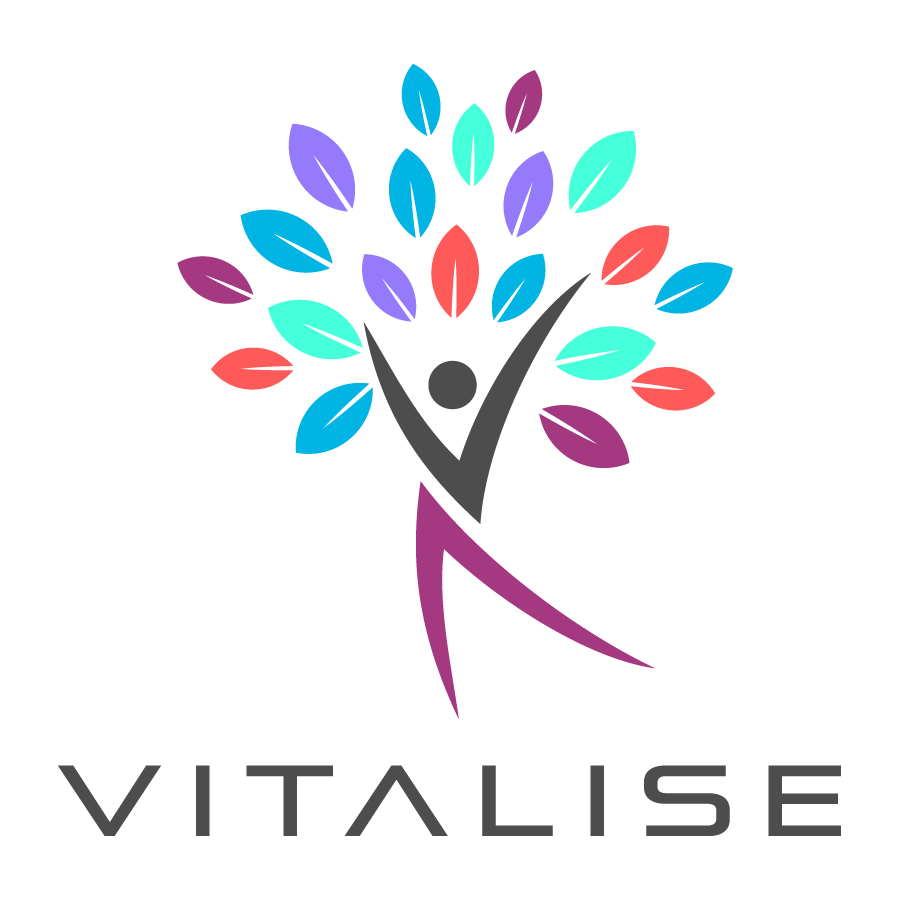Competitor and market analysis and benchmarking
Description: Quantitative and qualitative methods are used to evaluate the size of the market both, in volume and in value (also known as market studies). Customer segments, buying patterns, competition, and the economic environment are defined to identify the regulations and the barriers to entry. Defining the market by listing and describing current, future, direct and indirect competitors and analysing their competitive offering (e.g., SWOT) and user experience. Comparing offerings by measuring the performance of the developed products, services, or processes against those, which are considered to be the best in the industry. Can consist also literature reviews to a search and evaluate of the available scientific or professional body of knowledge for the given subject or chosen topic area.
R&D service categories: Market and competitor intelligence services
Participants’ role: Competitors or interested in collaborations, can be done by students or experts.
Limitations: The study is no longer than ca 10 pages and is limited in operational workload to max 3 days, could apply only if transposed to a clinical or community research context
Objectives:
- identify the “space” for innovation, not analysing only specific segments, but also looking for new opportunities
- analyse market acceptance, support scalability and transferability potential, focus can be domestic/international/global market,
- identify direct and/or indirect competitors, qualitative or quantitative description of the market, focus can also be in research context or innovation management practices
Methods: Desk research, acquiring the information from the experts in the field, following the market as a job profile/duty, the people working know specific segments/areas, bibliometric studies, literature reviews to a search and evaluate of the available scientific or professional body of knowledge for the given subject or chosen topic area, technology exploitation, market analysis, benchmarking, other methods combined with interview(s) with a leading reference organisation or expert(s), assessment of technologies, knowledge syntheses (systematic and scoping reviews), evaluations methods of intervention (ETMI method), workshops and sessions, measures of satisfaction of users
Tools: SWOT analysis, business model canvas, Innovation management standard (CEN/TS 16555 - covered 7 standards, after ISO 56002:2019)
Approved by the VITALISE H2020 living labs' consensus report on 30/09/2021
